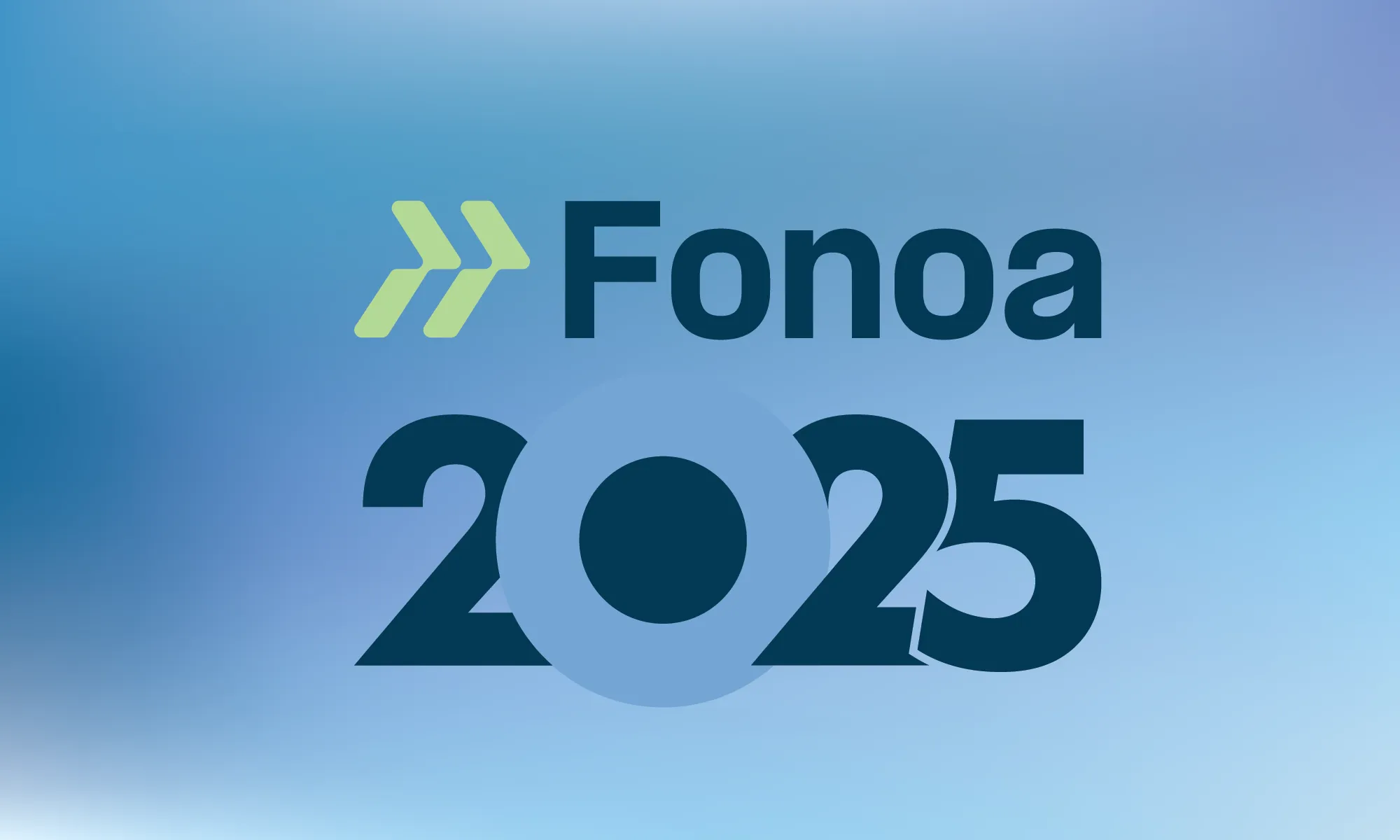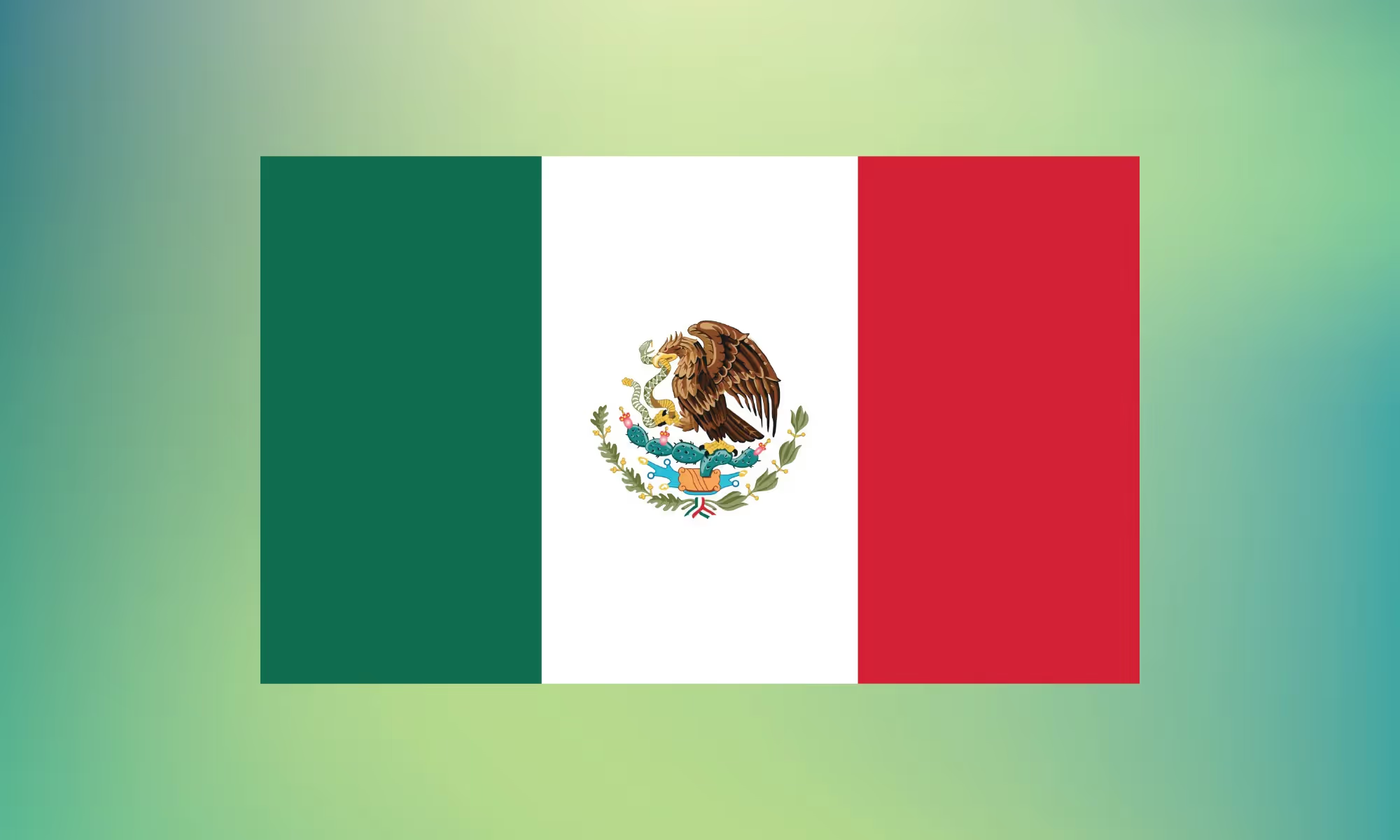How does the VAT gap affect my business?
The VAT gap has been dealt a major blow.
The European commission's annual VAT gap study, which measures the difference between expected VAT revenues and the amount of VAT actually collected, shows that EU Member States lost around €61 billion in VAT in 2021, compared to €99 billion in 2020 and €127 billion in 2019. The VAT gap has been more than cut in half in just 2 years!
What does this mean in practice for businesses?
1. More e-invoicing and digital reporting mandates
The tremendous success of e-invoicing and digital reporting in reducing the VAT gap will greatly accelerate the digital transformation of tax.
2. Non-compliance will be more risky
E-invoicing and digital reporting systems can be configured by tax authorities to automatically flag invoices or transactions that meet predefined criteria for further scrutiny. This can include suspicious patterns of behavior, unusually large or small transactions, large amounts of invalid customer VAT IDs, or other indicators of potential non-compliance.
The decreasing VAT gap is proof that these verification mechanisms are effective. Tax authorities globally see the opportunity here and will double down. Enforcement of tax laws will only get better as tax authorities gain more experience.
3. Resource planning needs to change
With governments worldwide adopting electronic invoicing as the standard, it has become imperative for organizations to establish a dedicated e-invoicing team.
Assembling ad-hoc teams for specific regions or reshuffling resources to respond to a new mandate may have been sufficient when e-invoicing mandates were rare.
Now, a standardized approach is essential, requiring a cohesive and permanent e-invoicing team that can navigate the complexities of various jurisdictions. IT, tax, legal, and finance departments all have a large role to play. This not only streamlines operations but also allows for a consistent and compliant e-invoicing process across borders, ultimately benefiting businesses in terms of compliance, cost-effectiveness, and operational efficiency.
4. Third party solutions will become more attractive
The increasing number of e-invoicing and digital reporting mandates significantly increases the appeal of third-party solutions compared to when there were only a few mandates in place. With a growing multitude of regulatory frameworks emerging across different regions, managing compliance entirely in-house becomes an increasingly complex and resource-intensive task.
Dedicated internal teams, although highly important, may not be sufficient to build out and maintain internal tools for e-invoicing and digital reporting. Third party solutions, especially those that offer wide coverage, can be a good solution in this case.
How can Fonoa help with e-invoicing and digital reporting?
At Fonoa, we are at the forefront of simplifying e-invoicing and digital reporting. Leveraging our expertise, we offer a unified solution through a single API connection and an intuitive platform, ensuring a hassle-free experience for businesses worldwide.
With Fonoa, you benefit from expert guidance, staying ahead of regulatory changes to keep your business compliant.
Reach out to us and discover how Fonoa can seamlessly automate your compliance processes, empowering you to focus on your core business activities.
















